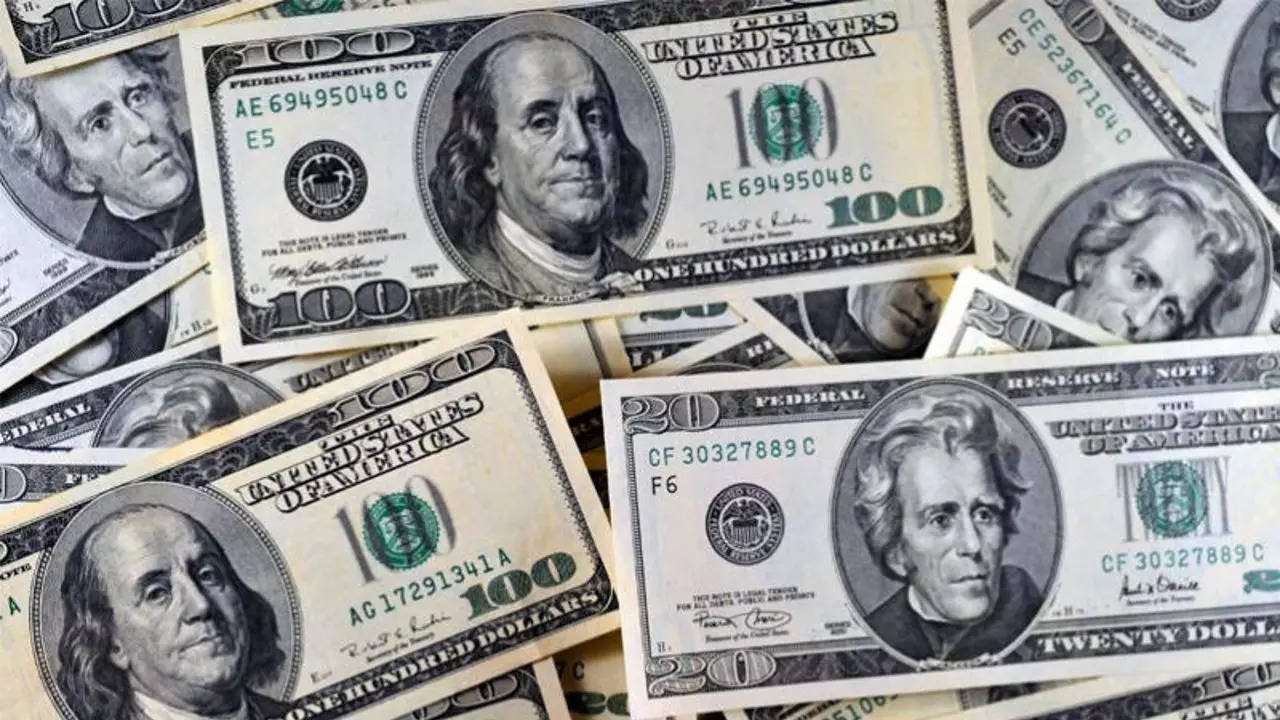The U.S. dollar languished near a seven-month low against other major currencies on Tuesday, as investors took heart that the Federal Reserve may be nearing the end of its rate-hike cycle and as China's reopening drove demand for riskier assets.
Markets have grown increasingly doubtful that the Fed will have to take interest rates above 5% to cool inflation, as effects of its aggressive rate increases last year have already been felt. Investors now expect rates to peak just under 5% by June.
Last week's employment report showed that while the U.S. economy added jobs at a solid clip in December, it also recorded a slowdown in wage growth.
The euro was last 0.07% higher at $1.0739, holding near the previous session's seven-month peak of $1.07605 that came on the back of the dollar's decline.
Sterling slid 0.08% to $1.21705, after similarly hitting a three-week top of $1.2209 on Monday and ending the session 0.73% higher.
"The dollar's big climb down has begun," said George Saravelos, head of foreign exchange research at Deutsche Bank.
China's rapid reopening of its borders following pandemic restrictions also provided another boost toward riskier assets away from the safe haven appeal of the greenback, with the risk-sensitive Australian dollar spiking at a more than four-month peak of $0.6950 in the previous session. It was last 0.03% higher at $0.69155.
The New Zealand dollar rose 0.13% to $0.6378, not far off Monday's over three-week high of $0.6411. The two antipodean currencies are widely used as liquid proxies for China's yuan.
The offshore yuan last bought 6.7755 per dollar, after hitting a near five-month top of 6.7590 earlier in the session.
"Hedge fund managers have turned slightly bearish USD following the full reopening in China," said Tareck Horchani, head of prime brokerage dealing at Maybank Securities.










